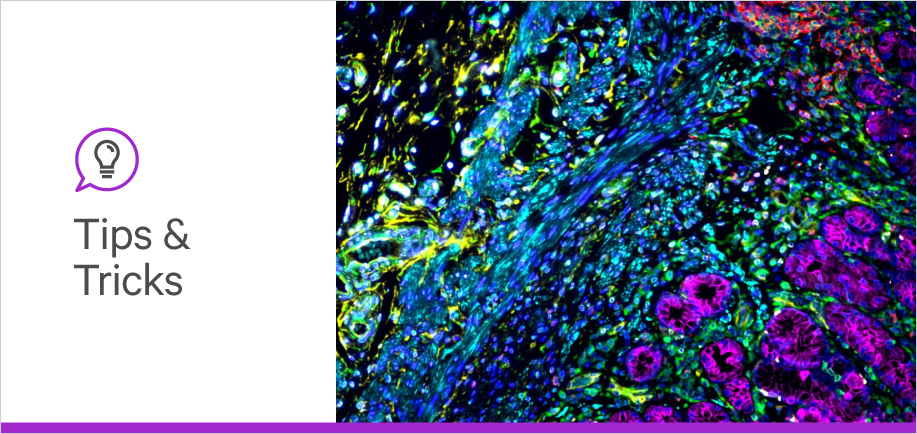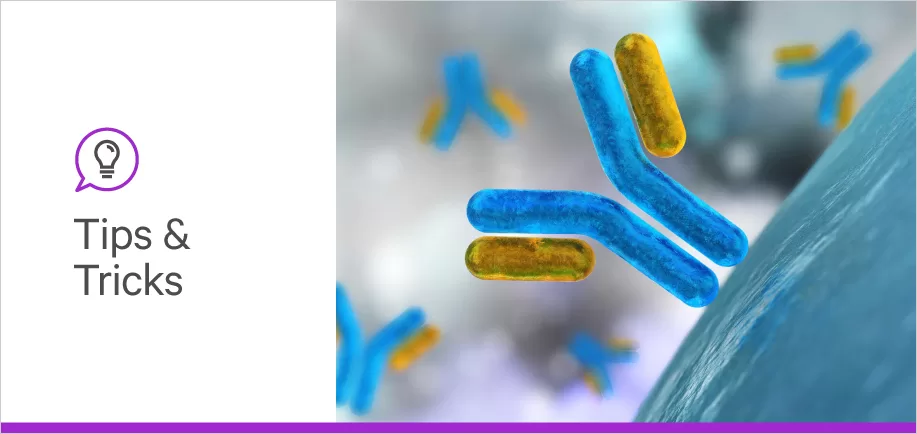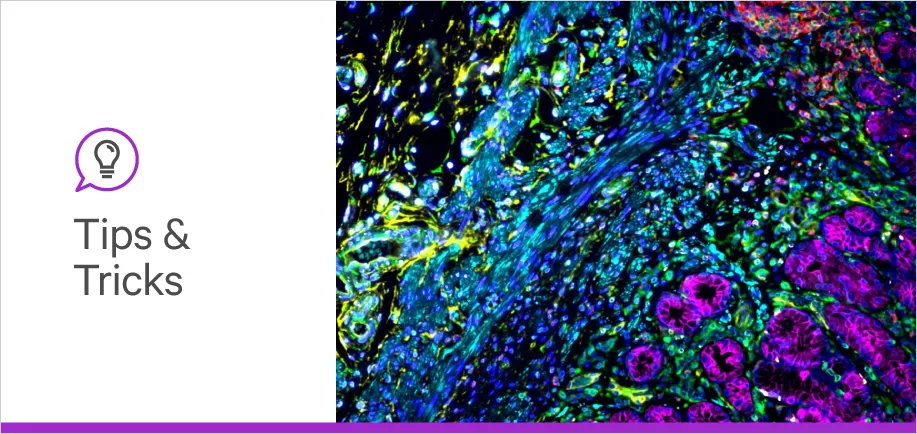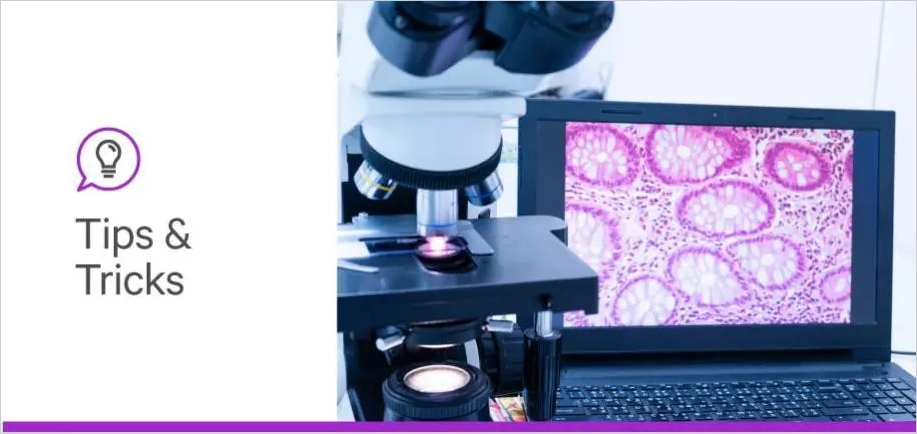
It Takes Two to Tango, Part 1: Bioconjugation
In the first of our three part series on Bioconjugation, we’ll be exploring what’s involved, how it enables life science research, the challenges associated with it, and the excitement in future work.
Vector Laboratories is closed for the President’s Day on Monday, February 19th. We will be back in the office on Tuesday, February 20th.
We will respond to emails upon our return. Have a wonderful day.

In the first of our three part series on Bioconjugation, we’ll be exploring what’s involved, how it enables life science research, the challenges associated with it, and the excitement in future work.

In the previous section, we discussed the methods of bioconjugation. And the marriage of a biomolecule and a small molecule has given rise to various modalities commonly used in biomedical research. Here, we focus on the applications in the fields of therapeutics, diagnostics, protein-protein interactions, and nanotechnology.

With knowledge of the applications that bioconjugation can play into, we finish by highlighting its key advantages and critical uses. While the applications are much broader than what we summarize here, we can deduce common threads between these methods.

The body’s autoimmune response has been leveraged by cancer researchers to propel immunotherapy tools into clinical use. Although the main focus has been on the ability of T-cells to fight cancer cells, the involvement of tumor-infiltrating B-cells is also becoming evident. Tumor-infiltrating B lymphocytes (TIL-Bs) are produced in much higher amounts in various cancers than in healthy tissues, which highlights their positive prognostic value (1). However, their exact role in cancer remains controversial, with the demonstration of both positive and negative impacts.

Multiplexing has revolutionized immunostaining workflows. It allows the simultaneous detection of multiple targets in the same tissue section and empowers scientists to gather more data while sparing precious samples. But issues with cross-reactivity between reagents can hinder the ability to perform simultaneous double or triple staining. When these issues arise, scientists can use the VectaPlexÔ Antibody Removal Kit to do multiple rounds of labeling and perform multiplexing experiments.

The body’s autoimmune response has been leveraged by cancer researchers to propel immunotherapy tools into clinical use. Although the main focus has been on the ability of T-cells to fight cancer cells, the involvement of tumor-infiltrating B-cells is also becoming evident. Tumor-infiltrating B lymphocytes (TIL-Bs) are produced in much higher amounts in various cancers than in healthy tissues, which highlights their positive prognostic value (1). However, their exact role in cancer remains controversial, with the demonstration of both positive and negative impacts.

Antibodies are the epitome of simple yet powerful science tools. Made of just 4 peptides, they never cease to help scientists unravel the intricacies of the microscopic world

Creating a product that stands out and addresses the needs of scientists requires ingenuity, persistence, and a lot of testing; our new product, VectaPlex™ Antibody Removal Kit, is no exception. We sat down with Senior Scientist August Estabrook, PhD, to get an inside look into the birth and development of VectaPlex.

Observation is one of the fundamental steps in the scientific method. However, for centuries the scientific study of tissues was limited to observations of dissections with the unaided eye. It was not until the mid-19th century with the introduction of dyes, such as hematoxylin, that the subcellular structure of tissues became visible and the science of histochemistry emerged (1).

Multiplexing, a powerful technique that allows the visualization of multiple biomarkers within a single sample, has revolutionized the field by offering researchers valuable insights into the spatial context of complex cellular processes and interactions. By analyzing multiple targets in the same specimen, researchers can obtain a holistic view of their tissue while conserving precious sample. However, performing multiplex assays can be challenging. Cross reactivity between detection reagents can often limit reagent choices and circumventing this by directly labeling primary antibodies can lead to altered antibody function and loss of specificity. Thankfully, VectaPlex™ Antibody Removal Kit comes to the rescue, simplifying the multiplex workflow, preserving tissue integrity, and enabling multiple rounds of staining without reducing target availability.





Stay in the Loop. Join Our Online Community
Together we breakthroughTM

©Vector Laboratories, Inc. 2024 All Rights Reserved.